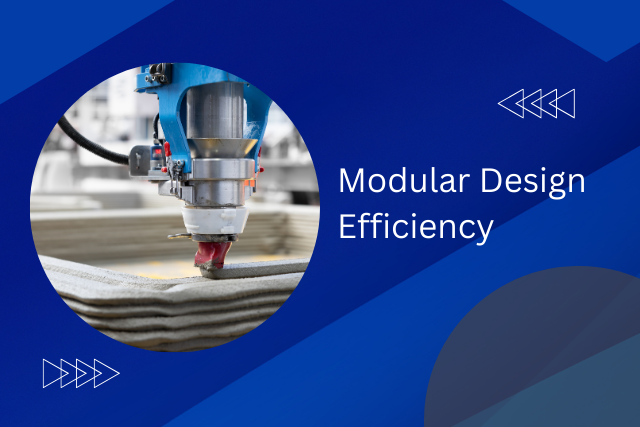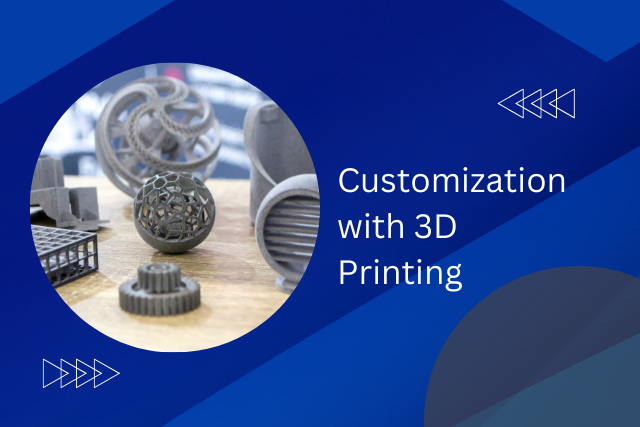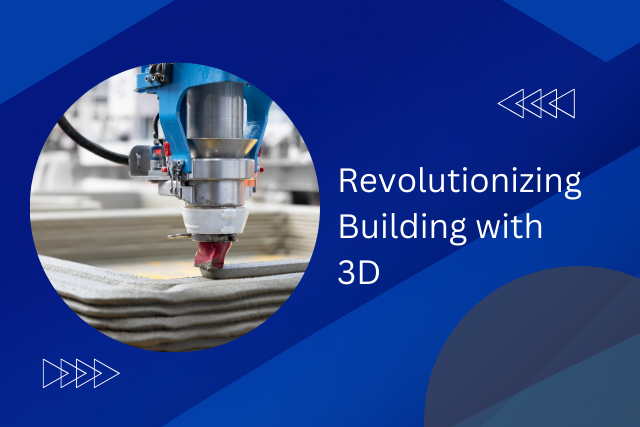The arrival of 3D construction printing marks a big change in how we build things, shaking up jobs and skills in the process. This new technology will make building faster, greener, and more efficient. But it also means that people will need to learn new skills or change their jobs. There are a lot of questions about how machines and people will work together, how old jobs will change, and what new jobs will appear. It’s important to talk about these changes now so we can make sure that as we use more technology, people can still find good jobs and new opportunities.
The Rise of Automation
The arrival of automation, especially with 3D construction printing, is changing the construction industry a lot. It makes building faster and lets us create designs that were hard to make before, all while being less wasteful and more eco-friendly. This technology is not just a small upgrade; it’s a big change towards making more advanced and cost-effective buildings possible.
Using automation in building also means workers have to do less heavy lifting and repetitive tasks. Instead, they can focus more on creative jobs, planning, and making sure everything runs smoothly. This shift allows them to try out new ideas, get better at managing projects, and work on making construction sites safer.
In short, the growth of automation through 3D construction printing is changing how we build things. It’s making jobs more interesting, encouraging new ideas, and helping build amazing structures in a more sustainable and efficient way.
Job Displacement Concerns
As 3D construction printing technology evolves, it introduces a paradigm shift in the construction industry, necessitating a reevaluation of job roles and skill sets. This transition offers a unique opportunity for workforce development, focusing on upskilling and reskilling to meet the demands of new technological competencies. While concerns about job displacement are valid, they are counterbalanced by the potential for increased employment rates through the creation of specialized positions and the expansion of the construction sector.
Skill Shift Requirement
New advances in 3D construction printing are changing the skills people need for work. This brings both challenges and good chances for workers. As old jobs in construction change, a new area of technical skills and creativity is starting. Workers now need to learn how to use digital design tools, 3D modeling software, and understand additive manufacturing processes. This big change moves away from heavy physical work to jobs that require more thinking and creativity. It allows people to work with the latest technology, making it important to keep learning and adapting. By accepting these changes, workers can look forward to jobs that are not only more enjoyable but also very important in changing how buildings and designs are made.
Employment Rate Effects
As we start using more digital and creative skills in building things, it’s important to think about how 3D printing in construction might change jobs. The move to 3D printing in construction doesn’t mean losing jobs, but changing what jobs are about. This new way of building things creates new jobs that need people to know about digital design, how to use the machines, and understanding materials. By always learning and being ready to change, the building industry can use 3D printing to work better and make a job market that looks for creative solutions and technical know-how. This change promises to do things more efficiently and gives people the chance to have jobs that fit with where construction is going, offering freedom and chances in the jobs of the future.
New Skill Requirements
As the adoption of 3D construction printing accelerates, it heralds a transformative shift in the skill sets required in the construction sector. This evolution necessitates a proactive approach to skill upgradation, ensuring workers are equipped to thrive in an environment where technology and innovation lead. Furthermore, the emergence of new roles within this technological frontier offers exciting career opportunities, demanding a blend of technical prowess and creative problem-solving abilities.
Skill Upgradation Necessity
The introduction of 3D construction printing technology means workers in construction need to learn new skills. It’s important for everyone to keep learning and getting better at their jobs. This change is big and asks people to quickly learn and use new ideas. Keeping up with these skills helps workers stay useful and brings in new and creative ways to build things. This situation encourages people to always be growing, looking for courses and ways to improve themselves. In this changing work scene, being ready to change and aiming for the best are key to success. This gives a great chance to push what we think is possible in building things.
Emerging Roles Emergence
Understanding that new skills are needed because of 3D construction printing technology, it’s important to look at the new jobs and skills that are coming up in the building industry. This change is not only about new technology but also means there are many new chances for people to be creative and come up with new ideas.
| New Job | Skills Needed | What You Can Do |
|---|---|---|
| 3D Design Specialist | Being good at 3D modeling software | Make detailed and complex designs |
| Construction Printer Operator | Knowing how to use 3D printers well | Lead in making new and unique buildings |
| Material Innovation Scientist | Understanding materials science | Create new materials that work better for printing |
Getting into these jobs gives people more choices in their careers, letting them move forward in an exciting area of building technology.
Impact on Traditional Roles
3D construction printing is changing the building industry a lot. It’s making things faster and more creative. But, it also means we need to think differently about jobs in construction. This change is good because it lets people learn new things and grow in their careers. People who used to work with wood and stone can now learn to work with new digital tools. This mixes old skills with new technology.
The change means everyone needs to keep learning and be ready to try new things. This is important because jobs are changing fast. As construction changes, the people who work in it change too. They start to work together more and come up with new ideas. This change opens up new job opportunities that mix old building skills with new technology. This makes the construction industry more interesting, especially for young people who want to build things but also like technology.
In short, 3D printing in construction is making the industry more modern and exciting. It’s a chance for people in construction to learn new skills and for the industry to attract new talent.
The Demand for Operators
As 3D construction printing technology gets better, more people are needed who know how to use it well. The way we build things is changing to be faster, more accurate, and better for the planet. This change is creating new chances for people who want to be leaders in the building world.
People who run 3D construction printers are very important in this change. They need to know a lot about building design, the materials used in construction, and how to use computer programs for design, along with being good at working with their hands. More and more, these skilled people are in demand as the building industry starts to use 3D printing more.
This growing area of work gives people the chance to work with new technology, change how we make buildings in ways we haven’t seen before, and help the environment. If you’re excited by new ideas and want to make a difference in how we build, working as a 3D construction printer operator could give you many chances to change the building world.
Educational Shifts Needed
To meet the growing need for people who know how to operate 3D construction printers, schools and colleges need to start teaching students special skills. This is important because it helps prepare people for future jobs in a new way. We need to teach students to be as creative as the technology they will use, opening up new chances in building and design.
Technical colleges and universities should create new courses that teach everything about 3D printing in building. These courses need to focus on doing things by hand so students really learn how to use the printers and materials. Also, teaching skills like solving problems, working in teams, and managing projects will get students ready for working together in the busy world of building.
Starting these educational programs will not only fill the current need for skilled workers but also help the building industry grow. By teaching people new skills and giving them the chance to be creative, we’re making a future where building things is faster, greener, and more creative.
Future Employment Opportunities
3D construction printing is changing how buildings are made and offers many new jobs in construction. This new way of building needs people who know how to use, fix, and design 3D printers for construction. Jobs for operators, technicians, and engineers who understand both construction and high-tech skills are becoming very important. These jobs help people learn new things and grow in their careers.
Also, 3D printing in construction creates new jobs for software developers, material scientists, and architects who focus on this technology. There’s a big need for special software to run these printers and for new types of building materials that are better for the environment. This is a chance for people who like to invent and improve things. The construction industry, which often doesn’t change much, is now welcoming new ideas and people who want to make a difference. Using 3D construction printing can lead to more jobs, better building designs, more work done in less time, and less harm to the planet.
Conclusion
The arrival of 3D construction printing is changing the building world, making things faster and more creative. Even though some people worry about losing their jobs, this new technology will actually make more job opportunities. We need to update our schools and training to teach people the skills they need for these jobs. The future in construction looks good, with a need for people who know how to use digital fabrication. This means there will be plenty of jobs for those who are ready to learn and work in this new way.






